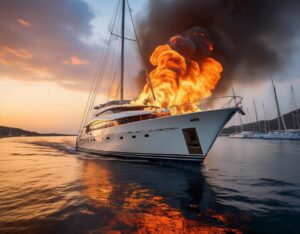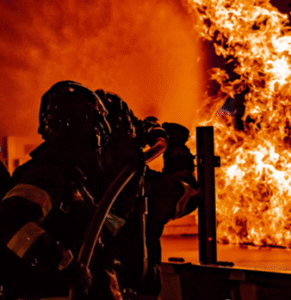
In its Shipping and Safety Review 2023, Allianz Global Corporate & Specialty reported that the second top cause of loss of vessels in 2022 was fire or explosion. There were 209 ship fires reported during 2022, the highest in a decade and 17% more than in 2021. Of those fires, 13 occurred on car carriers. Fire was also reportedly the most expensive cause of marine insurance claims furthering the point that electric vehicles and lithium-ion batteries at sea at potent fire risks. Continue reading “Carrying electric vehicles and lithium-ion batteries at sea and the fire risks”










